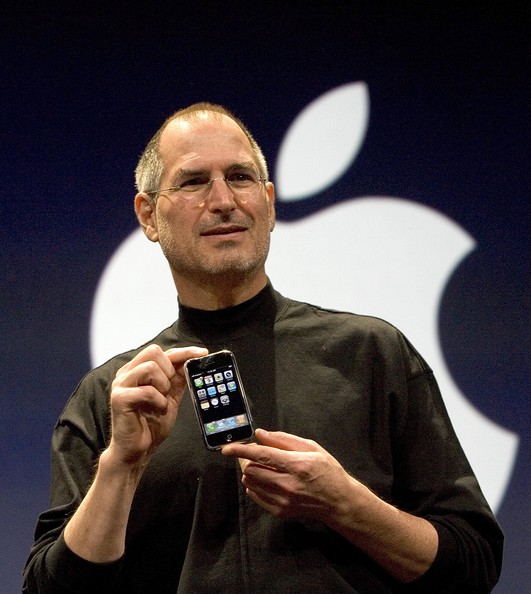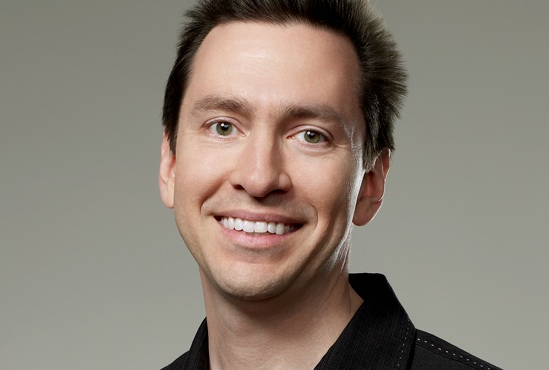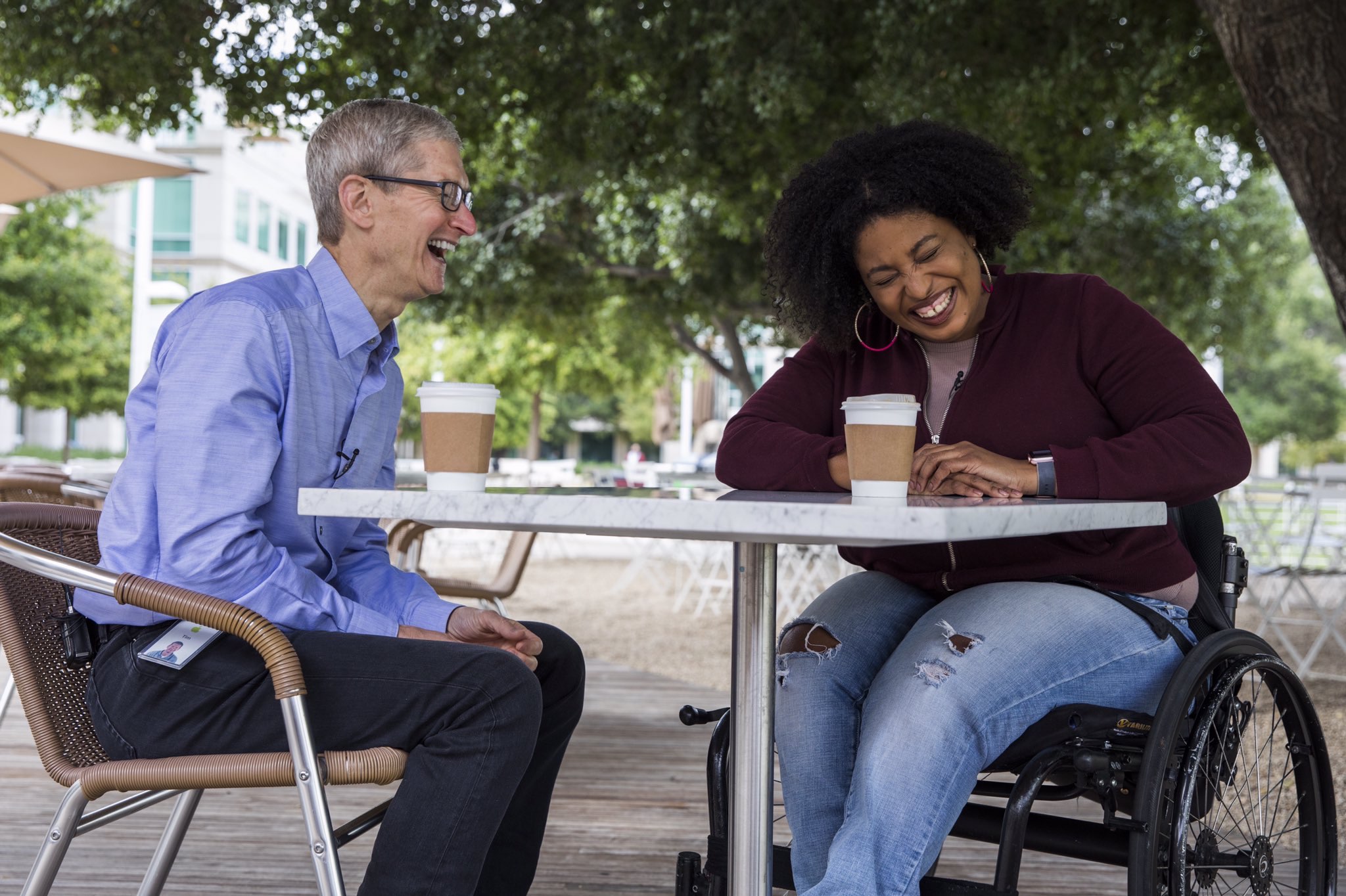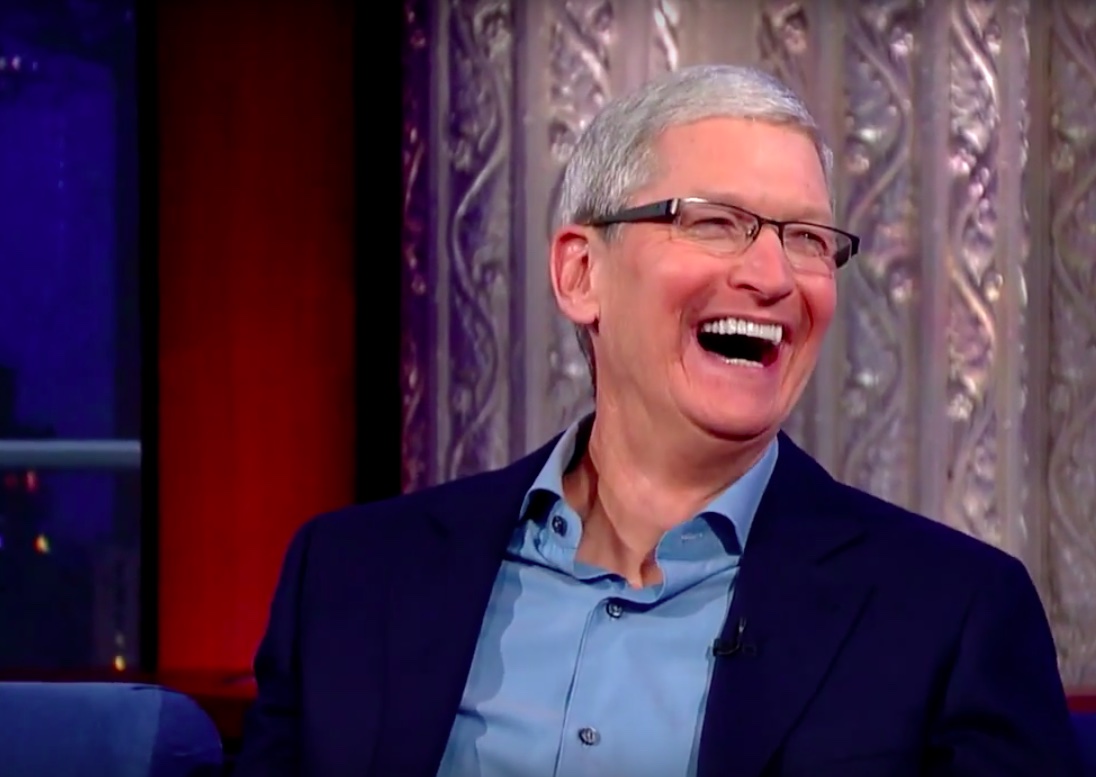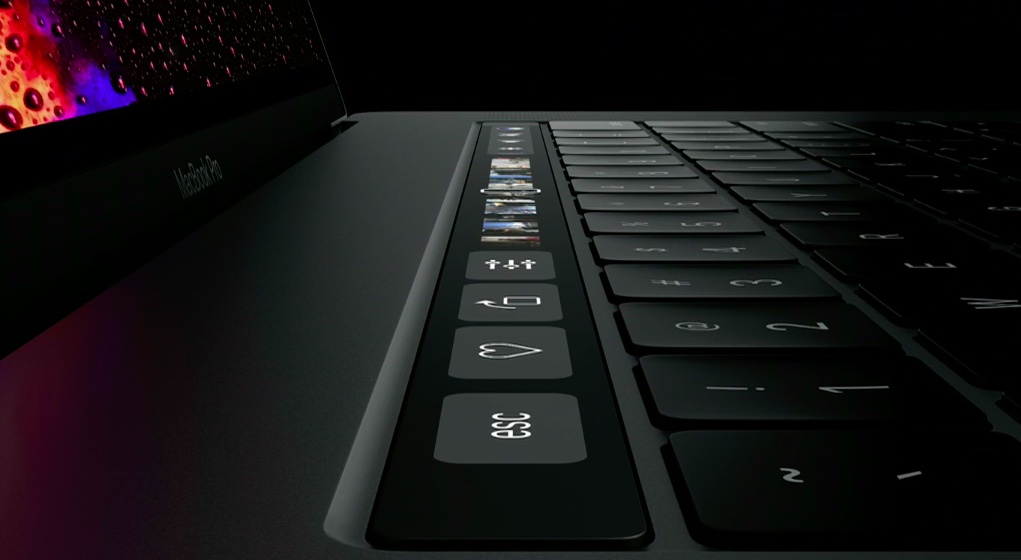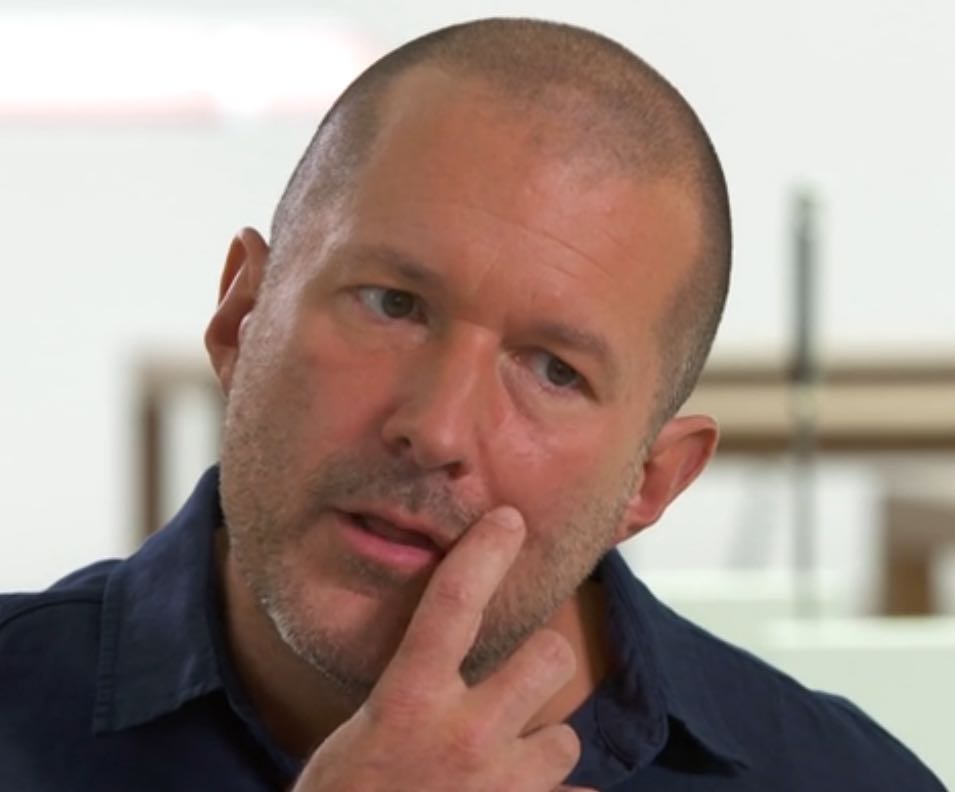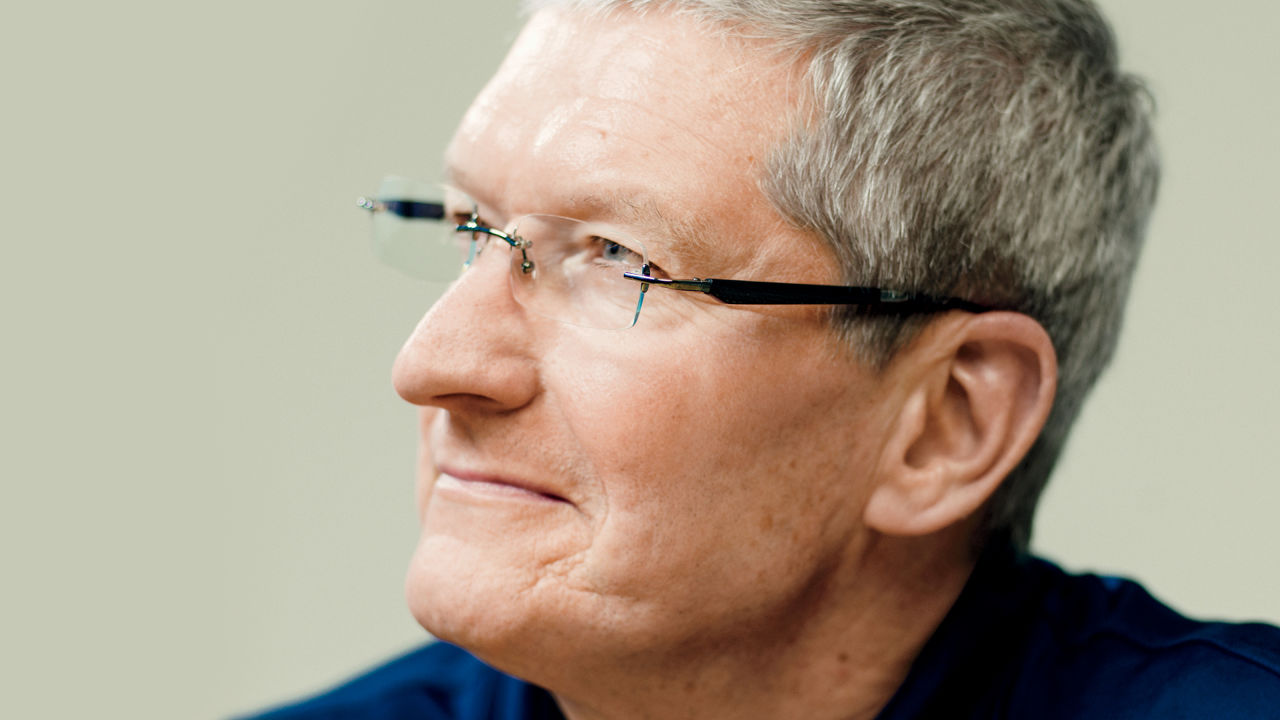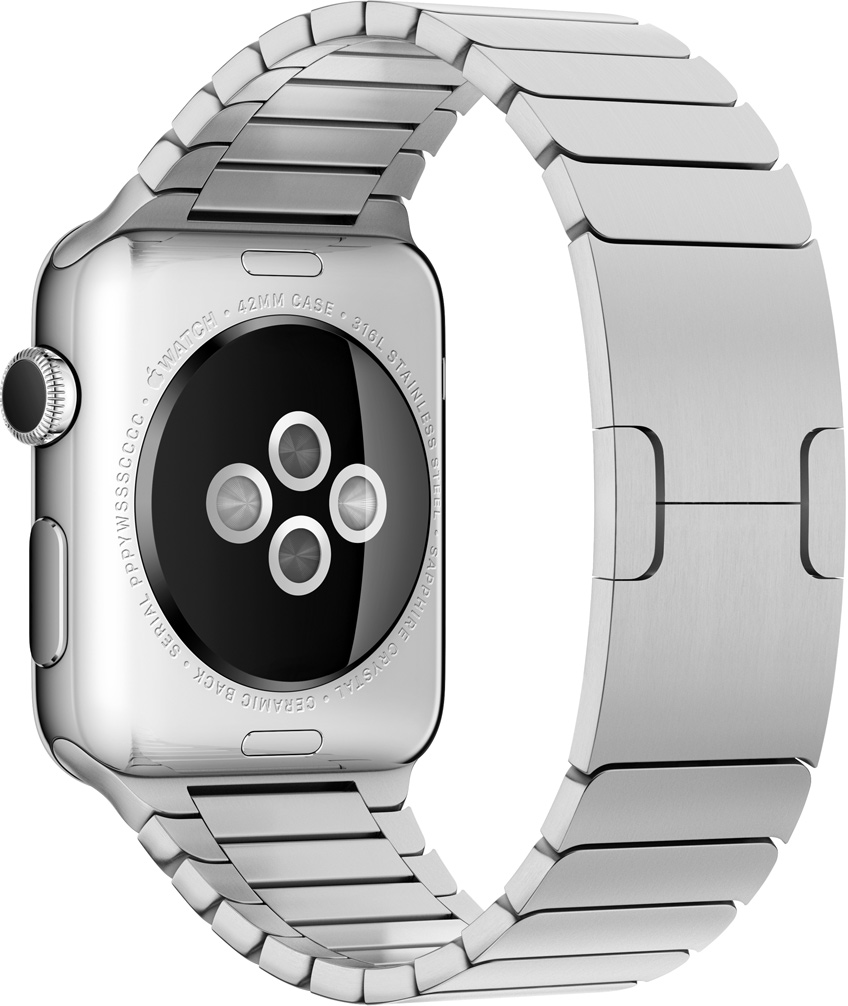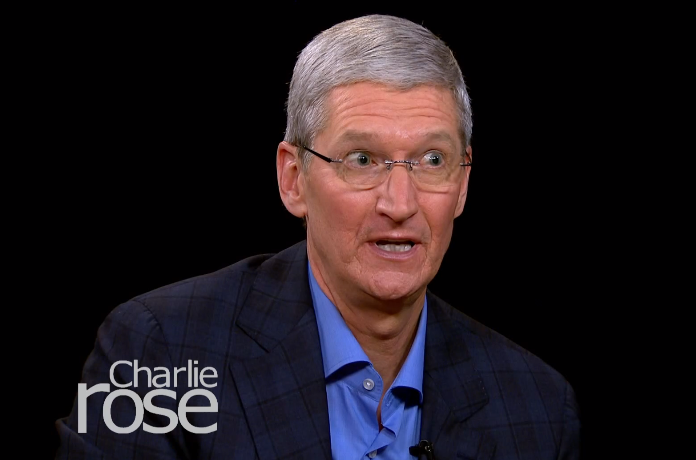The Computer History Museum last night hosted Pulitzer Prize journalist John Markoff (formerly of the New York Times) who interviewed former iOS chief Scott Forstall and the original iPhone engineering team members Hugo Fiennes, Nitin Ganatra and Scott Herz.
“We knew we were doing something right with the user interface design,” Forstall told Markoff, citing an example of a two-year old girl and a 99-year old woman who could use iPhone and iPad without any user manual.
“The team was amazing and we knew we were doing something right,” he added.
“The first text I ever sent was on my iPhone, because texting on other devices was horrid,” he revealed. Commenting on Apple's late co-founder Steve Jobs, Forstall called him “the most intense person I’ve ever known.”
Jobs was “super driven, demanding and forced people to do their best,” Scott said.
“When he was sick, I’d go to his house every day. On some days, he couldn’t open his eyes,” he said of Steve's passing. “We got Siri right before he passed and he loved it because he was too weak to type. I was surprised, it just seemed like he’d always be there.”
Asked to comment on the then controversial skeuomorphic design, which imitates real-world materials like leather in software, Forstall responded by saying the following:
I never heard the term skeuomorphism, even years after we built iPhone.
I mean, that’s a horrible word. It sounds unnatural, it just sounds terrible. When I look at good design—when I look for good design—I look for something which is easy to use.
Approachable and friendly that you can use without a manual.
If you look at the designs we did at Apple, we talked about photo-illustrative, metaphorical designs. And those were infused into the design sense of Apple by Steve Jobs since the original Mac if not earlier. The original Mac had a desktop and folders that looked very much like the desktop on which that Mac sat.
And so we used these design philosophies. It doesn’t mean that we loved every single part of it. It doesn’t mean I loved every single part of it. There’s definitely things that I was less a fan of than others. But we built these designs that worked. And how do we know they worked? You just had to watch people use it.
Here's the full video of the interview (the Forstall part begins at 1:07).
https://www.youtube.com/watch?v=zjR2vegUBAo
The original video is available on Facebook.
Asked if there ever was a time he shook his head at something about iPhone (assuming he's still using one), Forstall said this:
That happens all the time. If you’re a designer, if you care about design, you can’t go through any part of your life without shaking your head and thinking that could have been done better. And I thought that for our design, even the first version. The second version you’re always making it better.
On Apple secrecy:
The thing about Apple is we all get it, we all live in that culture. They were very respectful. You develop a talent for describing what you’re working on without giving too many details.
Fiennes added that the first time he saw pinch-zooming was at the original iPhone keynote. Ganatra said he heard Forstall on many occasions talking about scrolling deceleration, adding he was “being very detailed about scrolling and how the UI responds to touch.”
“There’s a lot of math that goes into making it work so well,” said Ganatra.
And to illustrate Apple's legendary attention to detail, Fiennes said Jobs asked him to move the processor in an iPhone a couple of millimeters in order to make the printed circuit board (which ordinary users never get to see) symmetrical.
Forstall suggested Apple kicked off work on a tablet project, dubbed Project Purple, because Steve hated an unnamed Microsoft employee (Scott says it wasn't Bill Gates).
“It began because Steve hated this guy at Microsoft. That is the actual origin. Every time Steve had any social interaction with that guy, he would come back pissed off,” said Forstall.
“Steve came in on a Monday, there was a set of expletives and then he said, 'Let's show them how it's really done'.”
Steve later put the tablet project on hold to work on iPhone, asking Scott if they could take a rubber-band scrolling demo they were doing with the tablet and shrink it down to a phone.
The rest, as they say, is history.
I also like this anecdote on how Jobs scammed Apple for free lunch:
He and I would go to the cafeteria at Apple all the time, and he would insist on paying. I was like, you're paying me enough that I can afford the $8 lunch, but he'd always, if he got his food before he'd wait at the line for me to get up there and he'd pay.
And he made it so you could pay with your Apple badge.
So you'd come up there and you'd badge in, and it would be directly withdrawn from your paycheck. Somehow, I was like, 'Why are you, really, go sit down, I feel like an ass when you're sitting up there waiting for me and I can't get any long-cooking food.'
Steve said 'No, no, no, this is great. I only get paid $1 per year. I don't know who's paying every time I badge!' He was a multi-billionaire scamming Apple!"
The lunch story is at mark 1:56 in the video.
Although Forstall isn't currently building anything himself, he's “doing a lot” in terms of advising startups and Broadway (he has always loved theater and even used to act).
“It was always a passion” he said. “When I left Apple, I was introduced to a woman and we hit it off and she said ‘we should produce something on Broadway.’” Doing a Broadway show, he says, is like managing a startup.
“You start with the creative types, you invent something, then you put a bunch of money and effort and time behind it and you give it to the public.”
At the end of the interview, Forstall thanked everyone in the audience who had participated in creating iPhone, iPad and iOS. “It's not one person or even four people,” he said. “It was hundreds and thousands of people who made it happen.”
It is no secret that Forstall was a divisive figure within Apple due to its exacting standards, demanding demeanor and abrasive management style.
He was fired in a major management shakeup in October 2012, in part due to his alleged refusal to sign an apology letter over the Apple Maps debacle, prompting CEO Tim Cook to issue a public apology to Apple customers.
